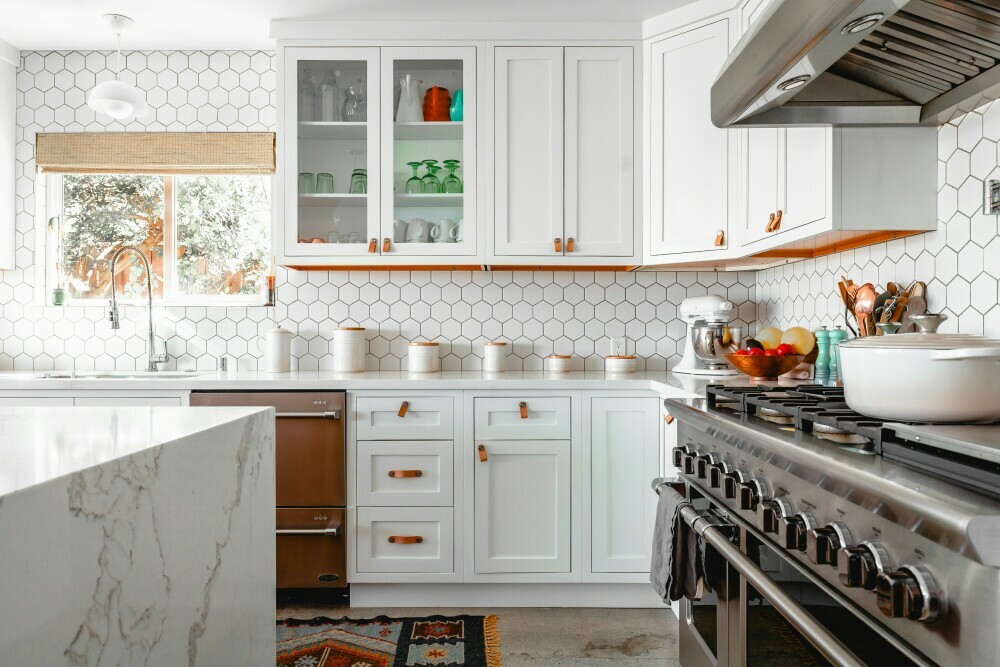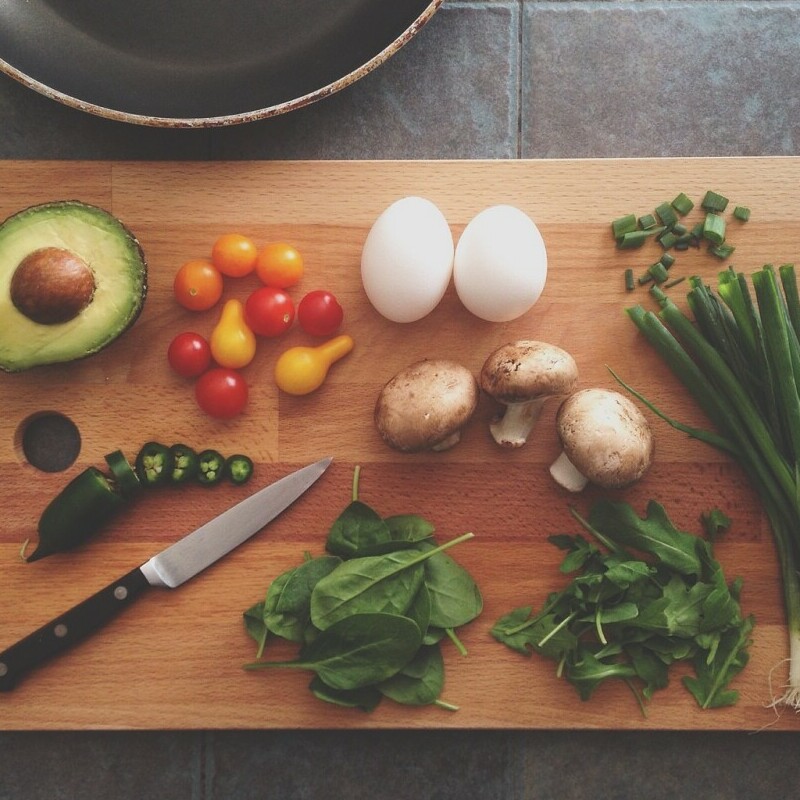
I’m going to kick things off by talking about something you’re probably using every day without giving it much thought: the humble cutting board. It’s a flat truth that no kitchen, whether a bustling restaurant or a cozy home, can function without at least one. Now, you might be picturing the classic wooden board, but there’s a surprising variety out there. I did not realize how many different materials are used in the making of these essential tools until I took a closer look.
That’s going to include some familiar names like wood and plastic, along with a few contenders you may not have considered. The reason for this diversity? Well, it’s not just about having a stable surface to chop your veggies on; it’s also about food safety, the longevity of your knives, and even the ease of cleaning up afterward.
So, what does this mean for you? You’re going to find out about the significance of having the right cutting board in your culinary arsenal. And this isn’t just about getting the job done; it’s about doing it efficiently, safely, and with a flair that complements your kitchen. When it comes to cutting boards, your choice can make a world of difference – not just in preparation but also in presentation.
Don’t worry too much about the technicalities for now. I’m here to guide you through the various aspects of cutting boards, ensuring you’re well-equipped to make the best decision for your kitchen. Choosing something that resonates with you, in terms of both function and form, is key. Stick around, because next up, we’ll dive straight into the specifics of cutting board materials. And trust me, you’ll want to know the strengths and weaknesses of each to select your kitchen’s unsung hero.
Diving into the World of Cutting Board Materials
You’re going to find out about the myriad of materials that can be used for cutting boards. It’s quite fascinating when you start to explore the many options at your disposal. From the traditional to the modern, there’s a material that fits every chef’s preferences and needs.
The classics like wood are known for their durability and gentle touch on knives, but they require more maintenance to keep them hygienic and in good shape. On the flip side, you’ve got plastic, which is low-maintenance and dishwasher-safe, although often less kind to your blades over time.
Bamboo has risen in popularity thanks to its eco-friendly reputation and tough surface. It’s harder than some woods, making it a strong contender. However, its hardness can make it rough on knife edges, something to keep in mind if you’re an avid home chef.
Then there’s glass � sure, it’s easy to clean and it can look stunning, but I’ve got to tell you, it’s tough on knives and possibly the least forgiving material when it comes to blade wear. But for some, the convenience outweighs the cons.
This isn’t just about wood, plastic, bamboo, or glass � there are other materials like stone, rubber, and composites that have their own unique set of characteristics. They can range from knife-friendly to downright destructive, from aesthetically pleasing to purely functional.

Selecting the Perfect Cutting Board for Your Kitchen
In my opinion, choosing a cutting board is a bit like picking out a new friend for your kitchen; it’s got to work well with all your other pals, like your knives and your countertops. Selecting the right one is crucial not just for prep work, but also for ensuring your food is prepared safely and hygienically. So, what should you keep in mind?
First off, think about what you’re going to be chopping most frequently. If you’re a veggie lover, you’re going to find out about boards that are kinder to your fresh produce, like wood or bamboo. These are not only softer on knife edges but also naturally antibacterial. Meat enthusiasts, on the other hand, might lean towards plastic or composite boards that are dishwasher safe and therefore easier to sanitize after breaking down proteins.
Aesthetics are important too. A lot is happening visually in a kitchen, and your cutting board can either be a statement piece or blend into the background. Wood boards can add a touch of warmth and traditional charm, while glass boards, though tough on knives, offer a modern, sleek look. Choose something that resonates with you and complements your kitchen’s style.
Then there’s the cost factor. You can always adjust your approach down the road, but initially, setting a budget is key. While plastic cutting boards are generally more affordable, investing in a high-quality wood or bamboo board might provide better value over time, given their longevity when properly maintained.
Your first attempt doesn’t need to be your last, but choose wisely, considering your cooking routine, aesthetic preference, and budget. And remember, no matter how perfect your cutting board is, without proper care, it won’t last. That’s going to include regular cleaning, occasional seasoning for wood and bamboo, and being mindful of the signs that it’s time to replace your board. But don’t worry too much about this now – I’m going to cover that in the next section.
Maintaining Your Cutting Board: Tips and Best Practices
So you’ve picked out your ideal cutting board, and now it’s time to ensure it stands the test of time. Proper maintenance is key to preserving the longevity and performance of your cutting board.
Let’s start with the basics. No matter the material — be it wood, plastic, or bamboo — every cutting board needs to be cleaned after use. A mild dish soap and warm water should do the trick, but remember to dry it thoroughly to prevent warping and bacteria growth.
For wooden and bamboo cutting boards, regular seasoning with a food-grade mineral oil can keep the surface smooth and prevent excess moisture absorption. Apply the oil evenly, let it soak in, and then wipe off any excess.
Now, what about those unsightly knife marks that begin to show over time? Light sanding for wood, or using a baking soda paste for plastic, can help in reducing scratches and imperfections, keeping your board looking fresh.
If you’re dealing with strong odors or stains, a little lemon juice or vinegar can act as a natural disinfectant. And don’t forget, for those tough messes, diluting some bleach in water can be your go-to for a deep clean — just be sure to rinse thoroughly afterward.
Remember, your cutting board is a companion in your culinary ventures, and taking care of it is taking care of the flavors and safety of your food. If your board becomes too worn or damaged, it might be safer to replace it, and when you do, consider eco-friendly disposal methods like recycling or repurposing.
I hope this guide to cutting board materials and maintenance has been a handy addition to your kitchen know-how. Choose something that resonates with you, treat it well, and here’s to many more years of happy chopping! Don’t worry too much about the small scratches and stains — they are part of the story of your kitchen. After all, your first attempt at maintenance doesn’t need to be your last; you can always adjust your approach down the road.

This picture is making me hungry for a salad.